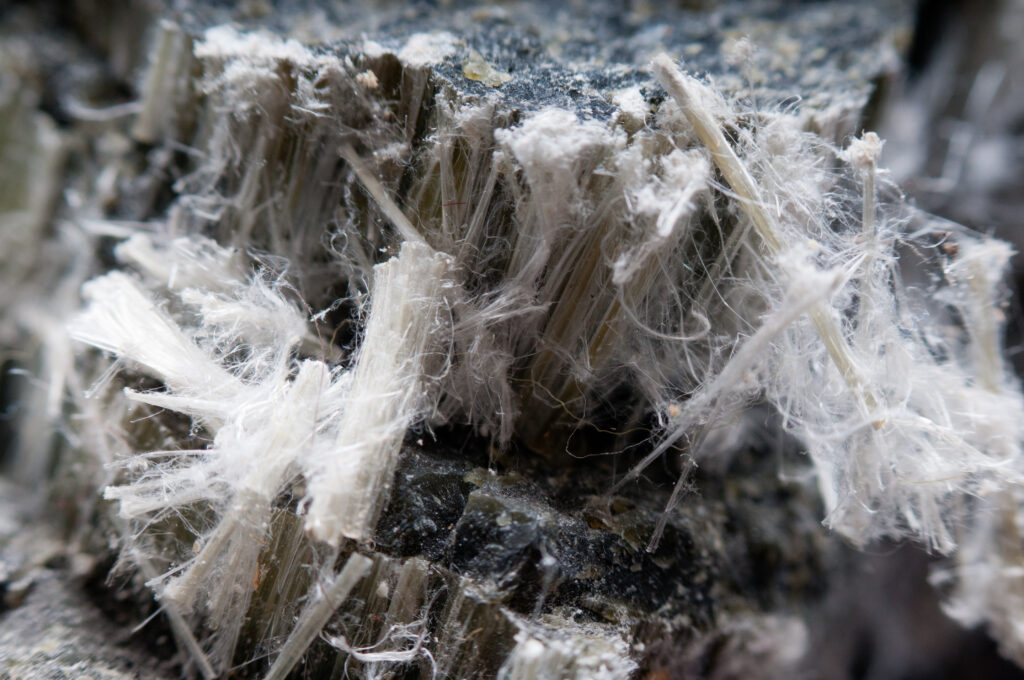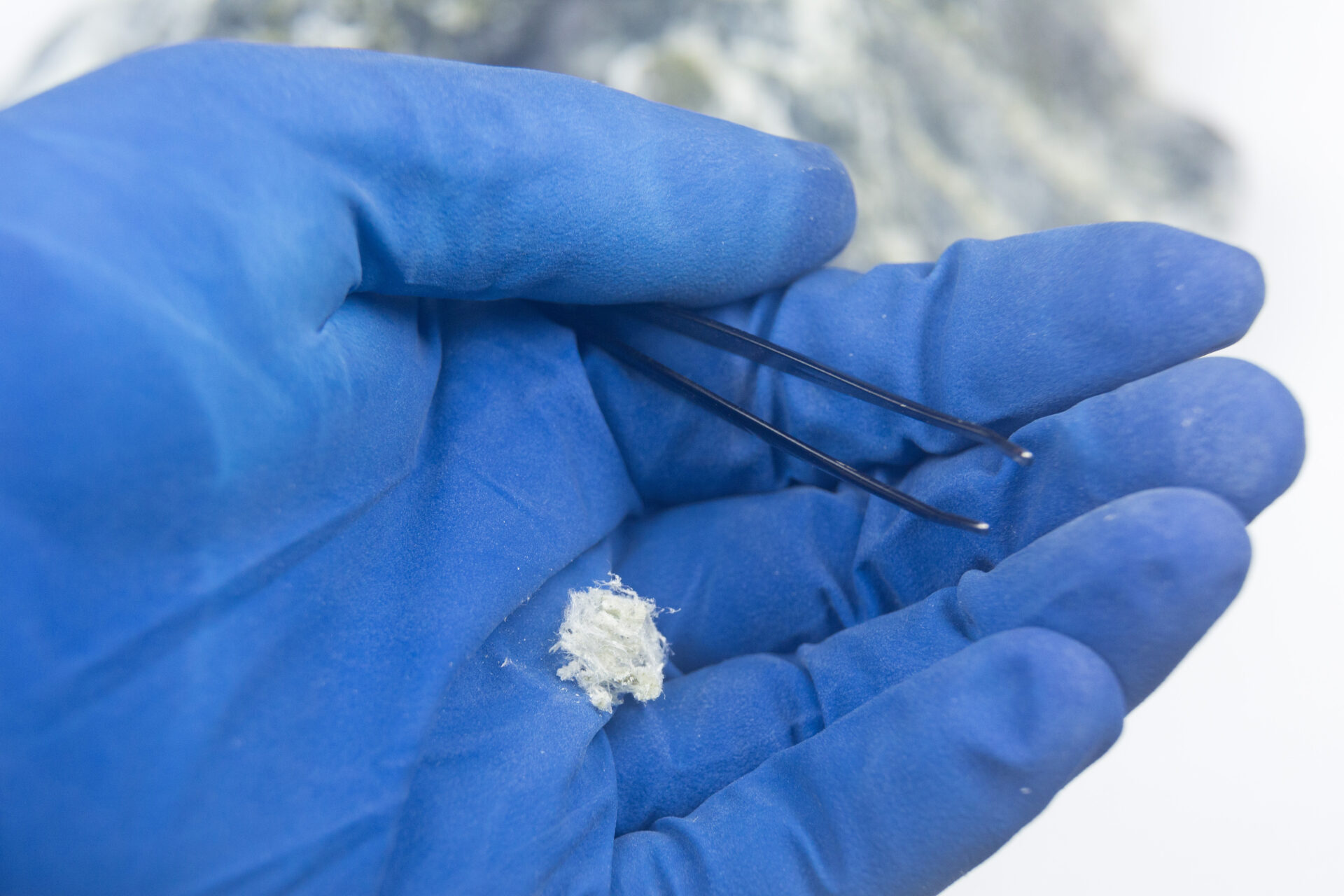The use of asbestos was banned in Australia in 2003, but given the wide use before this time, asbestos-containing materials (ACM) may still be present in many older buildings and products, and its safe removal and disposal remain a challenge. ACM refers to any material known to contain commercial forms of asbestos in any bonded or non-bonded form.

Asbestos poses a significant health threat to humans. When ACM are disturbed, tiny fibres are released into the air, which can be inhaled and lodged in the lungs. Over time, these fibres can cause inflammation and scarring, leading to a range of respiratory problems and serious illnesses such as lung cancer, mesothelioma, and asbestosis.
For these reasons, the correct identification, careful handling, and management of asbestos is vital.
Where can asbestos be detected?
Given its legacy use, asbestos is likely to be present in certain buildings or products more than others. In these cases, a risk management approach is vital to be undertaken before construction works commence.
- Building materials, pipes, and ducts
Particularly in buildings constructed before 1980 (when it was prolifically used), certain building materials, such as insulation, pipes and ductwork, floor tiles, and roofing materials, were commonly made with asbestos.
- Soil
Asbestos-containing materials can contaminate soil in several ways. It can break down over time and release fibers into the air and soil e.g fences. Asbestos-containing waste may have been disposed of in landfills or illegally dumped (“fly-tipping”), contaminating the soil. Fibres from former industrial sites where asbestos was used or produced can also result in soil contamination.
- Renovation or demolition works
Asbestos fibres can be released into the air during highly disruptive works, so it is important to know if asbestos is present before starting.

How do you test for asbestos?
The first step in controlling asbestos is to identify its presence and assess its condition. There are several methods used to identify the presence of asbestos:
- Visual inspection
A trained professional can identify some types of asbestos-containing materials through a visual inspection. For example, if insulation appears fibrous or if ceiling tiles have a popcorn texture, it may contain asbestos. Verification of asbestos materials by visual inspection would need to be confirmed by lab analysis.
- Microscopic analysis
A sample of the material suspected of containing asbestos can be taken and viewed under a microscope. The fibers can be positively identified as asbestos through polarized light microscopy in conjunction with dispersion staining techniques as per AS4964-2004.
3. Chemical analysis
Chemical analysis can be used to identify asbestos in certain materials. This involves dissolving the material in a solution and using chemicals to separate the asbestos fibers from the other components. Once the fibers have been isolated, they can be identified under a microscope.
It’s important that only trained professionals perform asbestos sampling, as improper sampling techniques can cause the fibres to become airborne, which can be extremely dangerous. The presence or absence of asbestos within a material must be verified by laboratory sampling with analysis and results by a NATA accredited laboratory.
If you suspect that asbestos may be present on your project site, contact your local Douglas Partners branch for a trained professional to conduct an asbestos inspection.
Download our guide to Asbestos Management Plans (AMPs) below.

